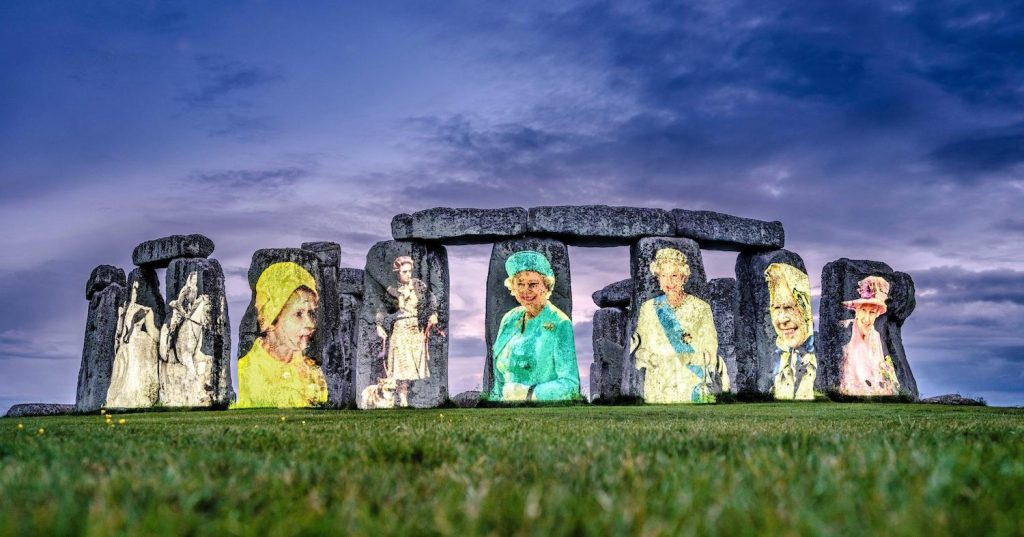Medical Anthropology

Medical anthropology considers culture’s presence and role in medicine and ways of thinking about the body, well-being, illness, and healing. Medical anthropological approaches center biology and the sociocultural mechanisms that help different groups make sense of illness, health, bodily functions, and well-being. Students will learn how medical anthropology can help make sense of cultural perspectives of medical issues, and why the field is so well-positioned to bring about meaningful improvements in health care systems and communities.
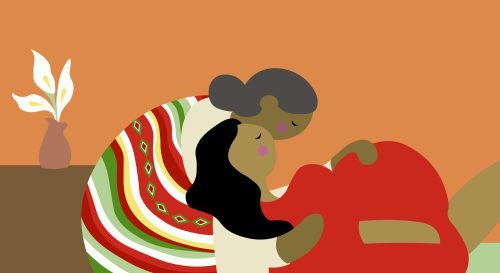
How Natural Birth Became Inaccessible to the Poor
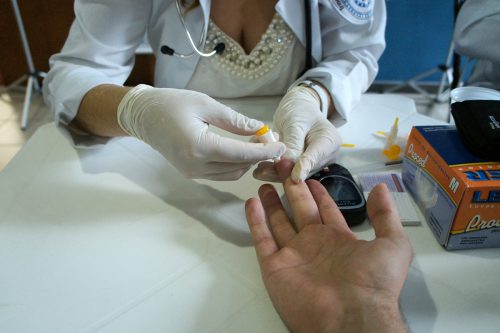
Can Medical Anthropology Solve the Diabetes Dilemma?
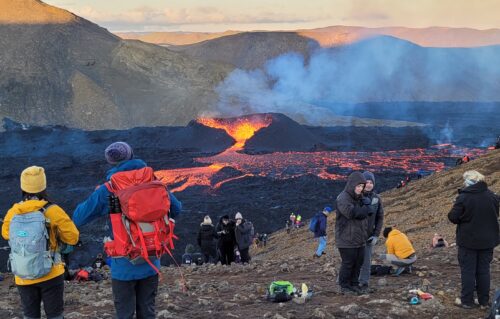
Muerte lenta por volcán
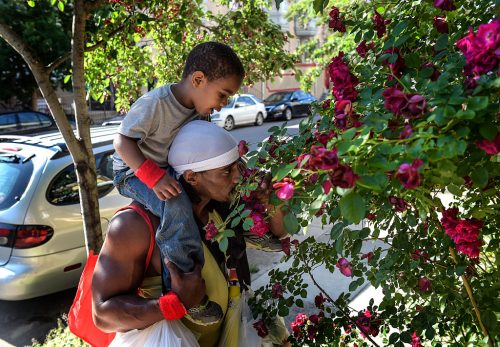
Lo que la antropología del olfato revela sobre la humanidad
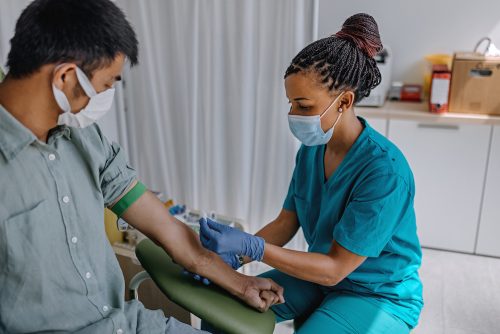
¿La sangre donada es un regalo o una mercancía?
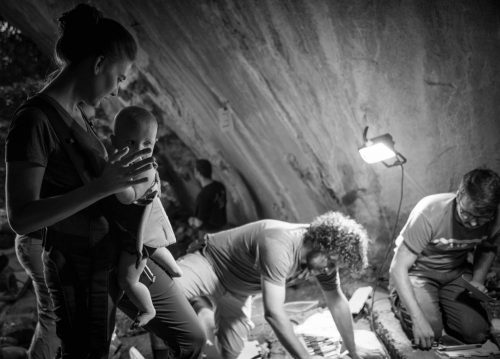
Decisiones difíciles en la encrucijada de la maternidad y el trabajo de campo

¿Necesitan los niños alimentos especiales?
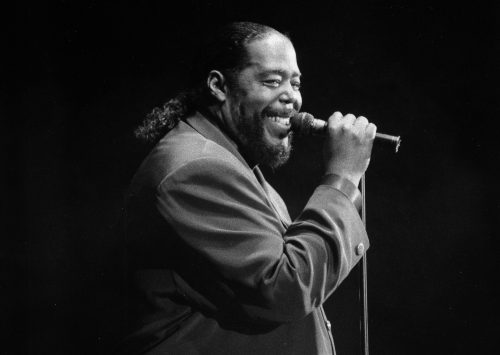
¿Cuál es el atractivo de las voces profundas en los hombres?

Muerte lenta por volcán

¿La sangre donada es un regalo o una mercancía?
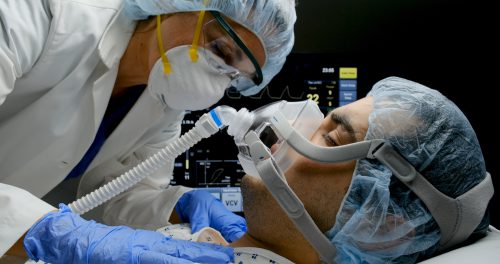
Los ventiladores por sí solos no nos salvarán
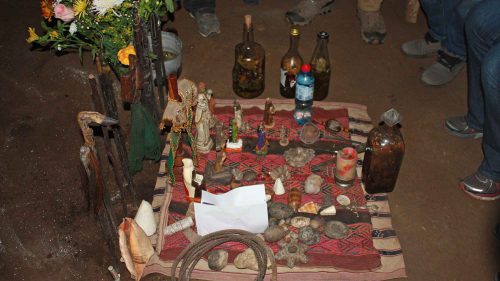
El conocimiento tradicional nos abre el botiquín de la naturaleza
- Medical anthropology considers sociocultural factors in health, behaviors around health, and medical systems.
- Medical anthropology is cognizant of the structures that allow or constrain access to health care and determine how it will be distributed.
- This field investigates how people think about “functional” bodies, “less functional” or “ill” bodies, and ways to make them “well.”
- Medical anthropologists continue to make fascinating inroads into how best to address health issues within the populations they work with—precisely because of their holistic understanding of what the issues in question mean to the group.
-
Farmer, Paul. 2004. “An Anthropology of Structural Violence.” Current Anthropology 45 (3): 305–325.
-
Scheper-Hughes, Nancy. 2000. “The Global Traffic in Human Organs.” Current Anthropology 41 (2): 191–224.
- Why is culture important in matters of health and medicine?
- What are examples of ethnomedicine (i.e., the health system of a group)? Have you experienced a form of ethnomedicine?
- Is medicine shaped by culture, or is culture shaped by medicine?
- What structures, such as international law and national medical organizations, do the readings point to and how do the authors complicate the issues of maternity, diabetes, organ trafficking, and others mentioned in the texts?
- What critiques do medical anthropologists make of medical systems and structural imbalances? Use specific examples from the readings.
- Have students watch media coverage of major social health concerns (e.g., the novel coronavirus pandemic, the Ebola virus epidemic, the opioid crisis) and consider how the coverage reflects cultural assumptions about illnesses, where they come from, how they are transmitted, and what might be needed to cure them.
-
Article: SAPIENS: The Dark Side of Skin Lightening
-
Article Series: SAPIENS’ Novel Coronavirus (COVID-19) Coverage
-
Video: Bloomberg Big Decision’s “ Paul Farmer”
-
Website: Society for Medical Anthropology’s What Is Medical Anthropology?
Eshe Lewis (2020)
Symbolism
